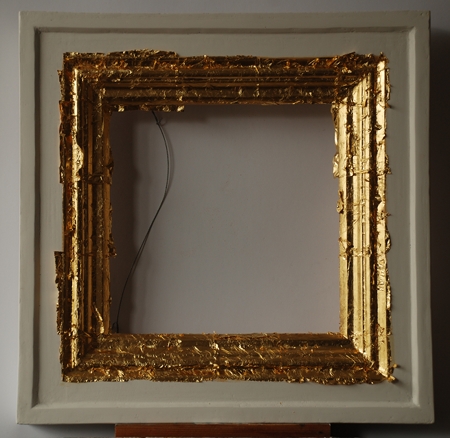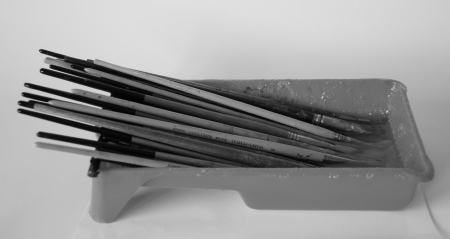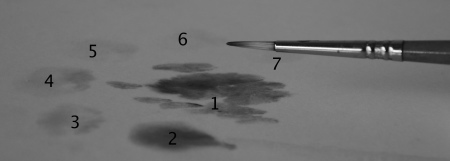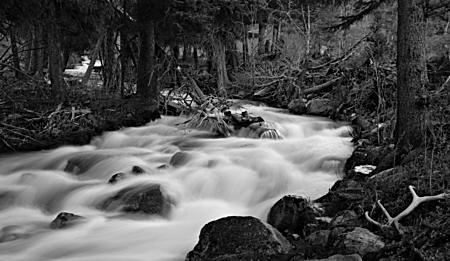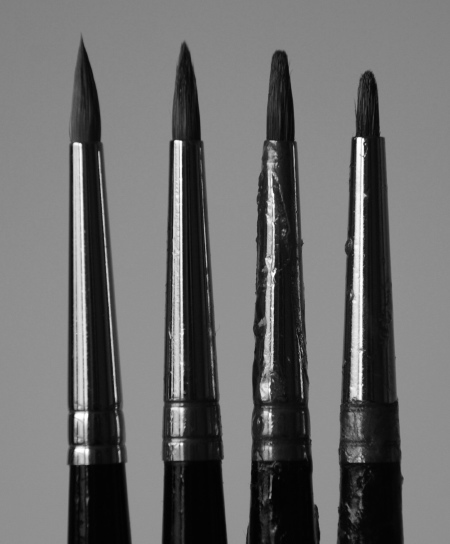
Sometimes when I am painting with brushes that are a bit worn out, I have the feeling that it doesn’t matter so much if the tips are worn away. But then if I take a brand new brush and start using it, my whole perception of what is possible, what is acceptable, changes. I know that I shape my brushes through use, but I also have come to understand that my brushes shape me.
There is a widely used saying (it goes like this)
If your only tool is a hammer, everything looks like a nail.
which I think is very deep. I think that when we pick up a tool and use it a lot, it actually becomes a part of us from the brain’s point of view. It becomes part of us in a simulated physical sense, like a violinist’s bow becoming an extension of his right arm; and it also becomes part of our psychology, this perhaps in a less obvious way.
I’m coming back to blogging after being away for more than a year. When I got back into it, I noticed with amusement that I tend to phrase my thoughts in terms of blog posts or blog comments. A blog is a sort of tool, isn’t it?
I would like to hear your thoughts on this topic of being shaped by your tools. Do you believe it happens? What are your tools? How do they affect you? And finally, what are the implications of this? How should we select the tools that will shape us?
Also by Karl:
